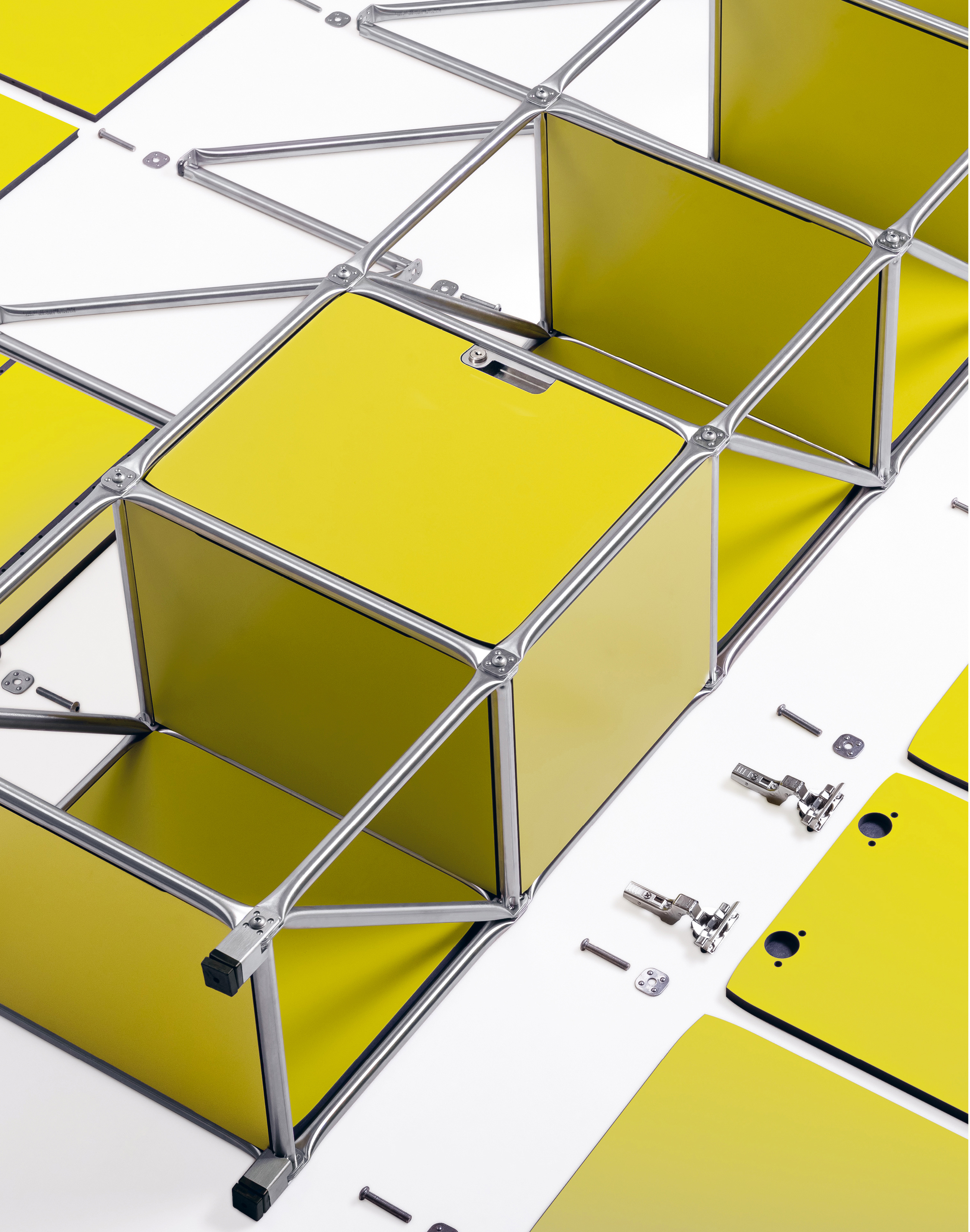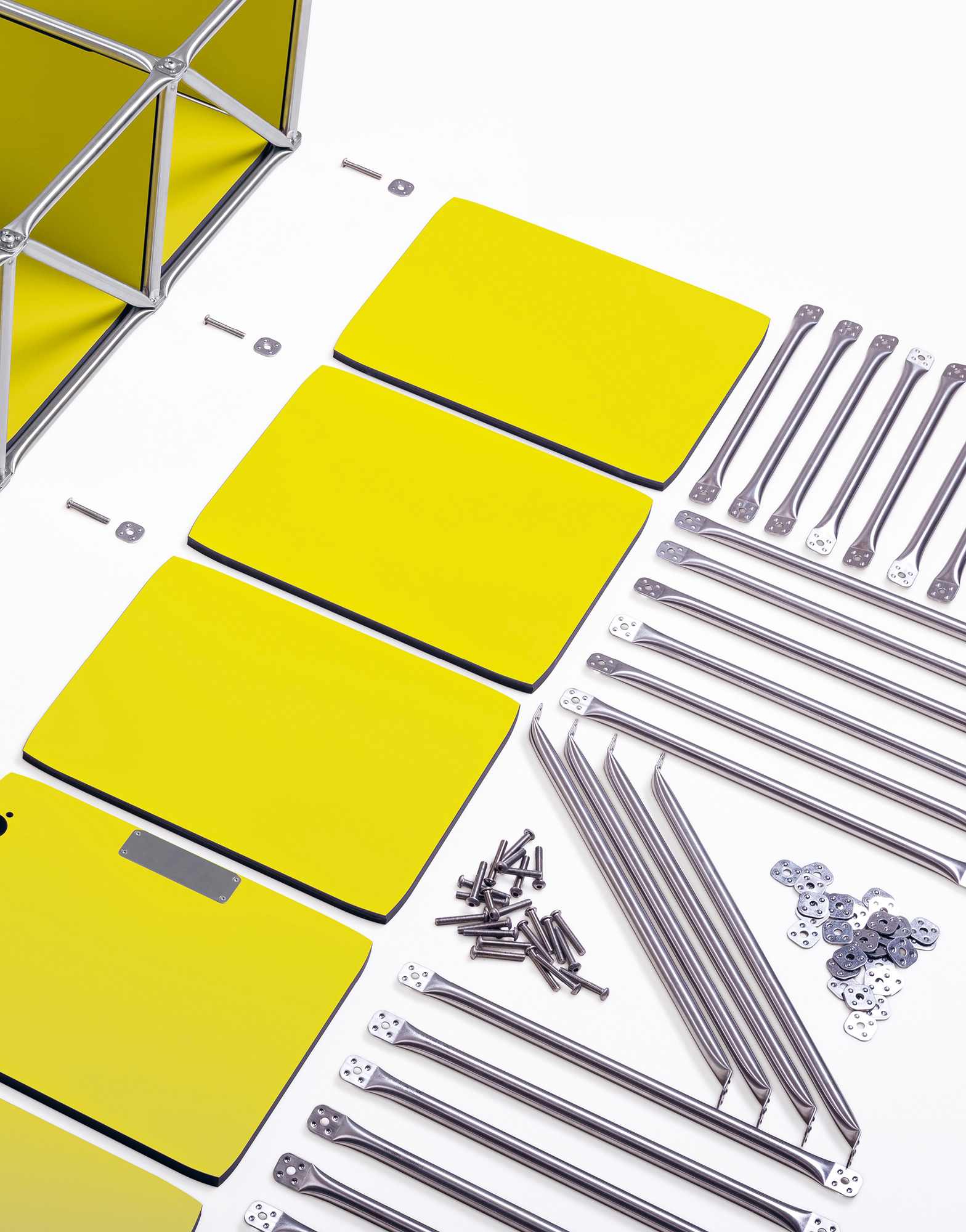Toward a Circular Economy in the Furniture Industry
In the future, furniture will no longer merely be functional items but increasingly assume design functions. Teamwork with open, communication-promoting structures as well as oases that promote concentration demand novel spatial concepts. The flexibility and agility required for this pose new challenges for the furniture industry. While conventional office furnishings were designed for long-term use within a company, more solutions must now be found for variable and resource-efficient furnishing concepts.
What to do with discarded furniture?
Industries such as the mobility sector show how it is done: The introduction of innovative sharing and leasing concepts is leading consumers to rethink the ownership of material goods and enabling providers to better adapt to new customer needs. The furniture sector is also gearing itself to the established ideas of related markets. For example, IKEA aims to become a circular and climate-friendly company by 2030 by helping customers to reuse materials and components as often as possible. Digitalization also supports product placement through platforms such as Opendesk, an online marketplace that connects customers with independent local furniture makers and designers.
Platform economy meets materials-cycle management
A resource-saving solution is required for furniture from all companies and organizations that is no longer needed after the first cycle of use. Can models of reuse through rental, leasing, or subscription also be transposed to other furniture manufacturers? How can furniture be recycled as efficiently as possible? In the project PERMA (platform for efficient resource utilization in the furniture industry), a network of various stakeholders from scientific and commercial fields researches solutions to these challenges. The potential lies in connecting the platform economy and materials-cycle management: Establishing a strongly circular ecosystem forms the basis for developing new platform-oriented business models in the furniture industry. This results in new types of product lifecycles and cross-manufacturer compatibility guidelines. As a result, companies will be able to equip their offices in line with the requirements of modern workflows as well as ensure sustainable and flexible reuse and further use of products in a manner that preserves value.
One platform that does it all
PERMA wants to create a framework that brings together manufacturers and users while promoting the exchange of know-how on topics related to maintenance, reuse, refurbishment, and recycling to extend the life of furniture and its components. The platform is aimed at business customers from private and public sectors with the motivation of spreading investments across the entire product lifecycle and achieving extensive functional flexibility. In this respect, rental or subscription models are the means of choice. Review systems are meant to provide a guide for customers while at the same time encouraging manufacturers to design furniture that is suitable for reuse. PERMA plans to offer comparison and review options, an online marketplace and agency services, making a significant contribution to increasing resource efficiency.
 Fraunhofer Institute for Production Systems and Design Technology
Fraunhofer Institute for Production Systems and Design Technology

